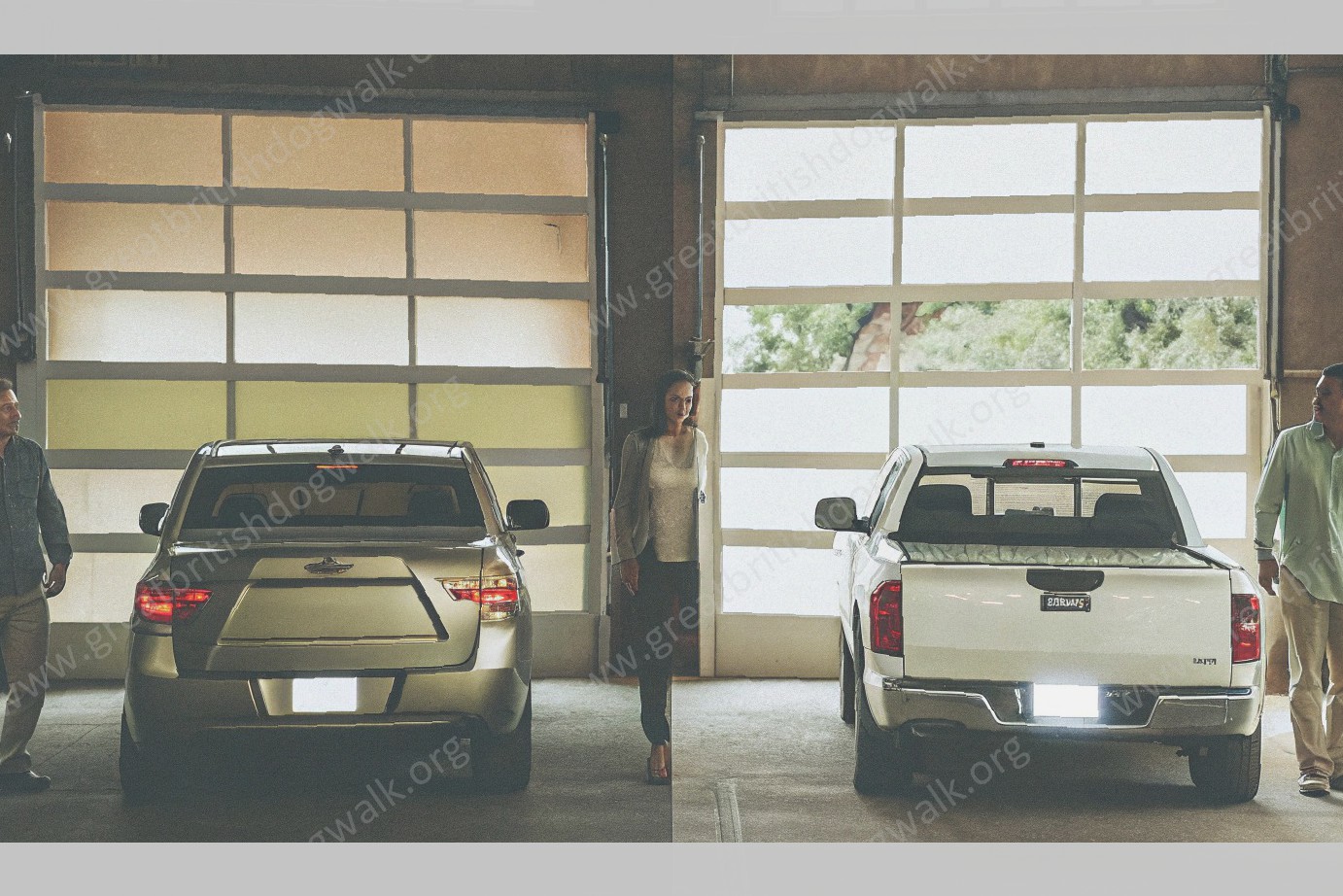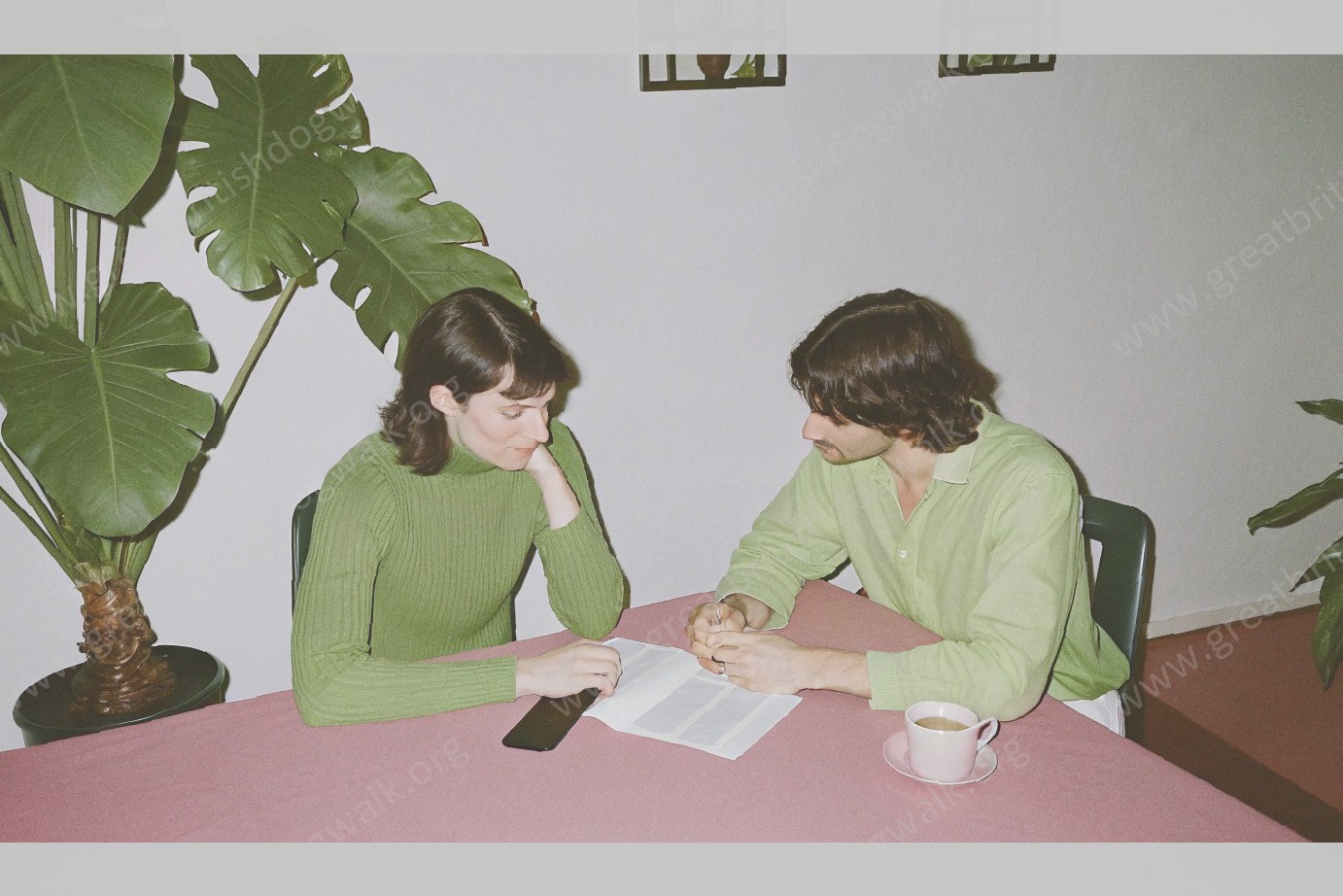Pennsylvania Tint Laws Overview
Car tinting, also known as window tinting, involves adding a thin, transparent or reflective film to your car’s windows to reduce the amount of light that enters the vehicle. The degree of tint can vary, from almost clear to almost opaque, and can offer a range of benefits. These include increased privacy, reduced glare from the sun, lower interior temperatures during hot weather, and protection from UV rays that can damage your skin and plastic interior parts. However, as beneficial as car tinting may be, it comes with caveats, particularly when it comes to meeting local regulations .
Each state has specific laws concerning window tinting for passenger vehicles, trucks, and SUVs. In Pennsylvania, these laws are designed to enhance road safety by ensuring maximum transparency for law enforcement personnel to do their jobs and for the driver of the vehicle we all have shared the roads with. This comprehensive overview will take you through the specifics of Pennsylvania’s tint laws, outlining permissible levels of tint for each window in your car.
Legal Percentage of Tint in Pennsylvania
In Pennsylvania, the law stipulates specific limits on window tint for different types of vehicles. For sedans, trucks, vans, and SUVs, the regulations are as follows:
Sedans
Windshields: Windshields can have up to 70% VLT or visible light transmission, meaning that 50% of the tint can allow light to pass through, allowing 50% to be blocked. A 70% VLT is considered a light tint.
Front Windows: Side windows on the front seat can have up to 70% VLTs, which is subject to some exceptions in some counties. However, some vehicles may have a factory tint that exceeds an allowable VLT.
Back Windows: No restrictions.
Limos: Tints less than 50% VLT are permitted on the front side and back windows.
Pickup Trucks
Windshields: Windshields have a tint limit of 70% VLT.
Front Windows: Sometimes treated as the passenger windows or as tinted sun visors, front side windows have a tint limit of 70% VLT in some counties. In counties that consider the front windows as the driver and passenger windows, the tint limit is 25% on the front windows. A tinted factory windshield qualifies as clear glass.
Back Windows: No restrictions.
Limos: Tints less than 50% VLT are permitted on the front and back side windows.
Sport Utility Vehicles (SUVs)
Windshields: Tints exceeding 70 VLTs are allowed on the windshield and all windows of a SUV.
Trailers
Front Windows: Tints of at least 70% VLT are required on the front window of a trailer. On the back windows of a trailer, tints lower than 50% VLT are allowed.
Due to the fact that vehicles are different in dimensions, issues arise over definitions. For example, the law mentions that only the windshield can be 70%. This means that anything other than a windshield must meet different tint requirements. This leads to discrepancies of whether the front windows of a truck are the driver and passenger windows, as opposed to the front windscreen and the side windows.
This issue is unresolved. In Pennsylvania, the Department of Transportation has an idea of what tint percentages can be applied to each window. The Department defines the nomenclature for each window:
The General Assembly has an idea of what tint percentages can be applied to each window. In the statute, the names have changed a little:
In other words, the General Assembly now defines the side windows of the cab of the truck as the driver and passenger windows.
If you are pulled over and cited for having illegal tint, the issue will be discussed with the police officer. The police will have an idea of what tint is permissible on certain windows, but they sometimes make mistakes, or they flat-out just do not know.
Penalties of Illegal Tint
Violators of the tint law face a maximum fine of $75 for the first offense and $300 for any subsequent offense, however in most cases the officer will issue a written warning the first time. The fine for the second offense may be waived upon proof of removal of the tint. PennDOT may add points to your driving record for tint law violations, although this is up to the discretion of the police officer issuing the citation.
These fines and penalties are enacted in an effort to encourage safe driving, but there are also potential insurance ramifications for using illegal tint. When you file an insurance claim, the company could choose to deny all or part of your claim if you have illegal tint on your car.
Using illegal tint can also affect you when getting a vehicle inspected. If you have Illinois window tint that does not fall within the requirements of the law, you will not pass inspection. When your tinted windows are discovered during inspection, you will need to have the tint removed from your vehicle in order to get it passed. Re-inspection will then be required, and only then will you receive your sticker.
Procedure to Get a Tint Exemption
When it comes to tint exemptions based on legitimate medical conditions, PennDOT does not have the authority to grant such exemptions on its own. To apply for consideration, the individual must obtain a signed letter from the physician certifying the existence of the medical condition. The letter must be on official letterhead and include the following: In many instances, individuals who may ordinarily enjoy an exemption from tint regulations are unable to present the necessary documentation to law enforcement officers. When confronted by one who has a medical condition that calls for tinted windows, law enforcement officers are more likely to issue a citation. In these cases , the individual can present the certification and related documentation at a subsequent court date to demonstrate the legitimate need for tint exemption. Having the proper wording from the physician is essential to ensure the court will know that a reasonable request for exemption was made and that the judgment issued by the officer is in error. Requests for tint exemptions will be granted in instances where the tint is not considered dangerous to public safety. Legitimate reasons for exemption include severe eye conditions, lupus and skin cancer. Physical characteristics of individuals, including color of eyes and complexion, are not a valid basis for exemption from tint regulations. A person appealing from the tint regulations has the burden to prove that the tint does not impair vision. It is not enough to demonstrate that another person has medical issue such that tinted windows do not hinder his or her abilities to drive safely.
How to Choose the Right Legal Tint
When choosing the right tint for your car windows to ensure Pennsylvania tint legality, it is important to pay attention to several factors. This includes the type of tint and how it will affect the visibility of the car’s windows. You should also consider the tint’s UV protection and how it will impact the car’s interior temperature. When purchasing tint, ensure that it meets state regulations and is safe for your vehicle. You should only buy tint from licensed and reputable dealers. Check if the window film comes with a warranty and what it covers.
To ensure that you choose legal tint, have a professional install it for you. The professional will be able to accurately apply the tint according to the state’s legal requirements. A professional installer can also help you select a tint shade that meets your needs. They should advise client on the benefits of using a high-quality product while not exceeding the legal limits. A professional tint installer should follow all the regulations as they apply in Pennsylvania. They should also guide you on how to properly maintain your window tint.
Keeping Legal Tint
When properly installed, window tint can last several years without the need for replacement or removal. But over time, several factors can contribute to an increased likelihood of violation. These can include age, defects in the application, sun exposure, abrasive cleaners and objects rubbing against the tint, and improper tint type for a car’s make and model. Here are some steps you can take to ensure your tint remains compliant throughout its lifespan: As needed, gently clean the tinted windows with a mild glass cleaner. Avoid using glass cleaners with ammonia, as the chemical can contribute to discoloration. When cleaning, make sure you are using a new, damp, microfiber cloth. Avoid cleaning the tint in extreme temperatures. Use finesse when cleaning tinted windows to avoid scratching or compromising the tint. To steer clear of cracked or peeling window tint, cut the cloth used for cleaning to fit the different areas of the tinted windows. If parts of the window have peeling edges, replace the tint as soon as possible. Examine your windows regularly for signs of damage or discoloration. If you notice any problems, have the window tint replaced or repaired. If your tint appears to be bubbling , this could be caused by the use of a non-ceramic tint on your vehicle. Avoid excessive exposure to extreme temperatures, either hot or cold. For example, avoid parking a car with window tint in extreme heat, such as on the black asphalt surface of a parking lot at midday. You may wish to apply a windshield shade to further protect the tint. If the tint on your vehicle begins to turn purple or "fuzzy," it could be a sign the tint is improperly matched with the window. To ensure your tint remains compliant, have it inspected by a professional. In Pennsylvania, tint that is not adhering properly or no longer meeting compliance standards can be enough for a police officer to issue a citation. If the tint is bubbling, peeling or no longer meeting compliance standards, it may be time to replace it. Any tint that allows less than 70% of light in through the windshield can be cause for a citation. Tinted gluing film applied to windows is against the law in Pennsylvania. Obstructions like snow, dirt, smudges, abrasions or cracks can all keep police from viewing the amount of tint on your car. Any such obstructions found while a car is stopped could be enough to justify a citation.



